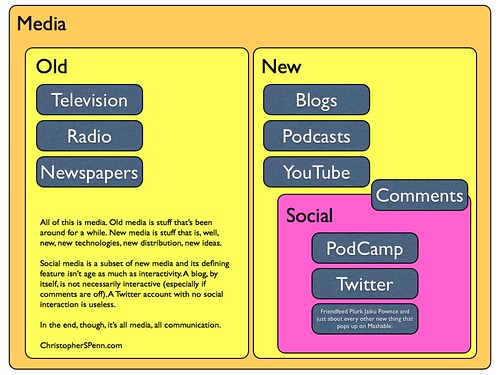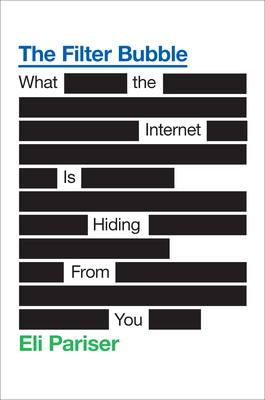This week, the assignment was to read one of the Canonical Text wiki pages that we hadn't read yet, as well as the second third of the New Text we have selected.
~~~~~~~~~~~~~
~~~~~~~~~~~~~
I reviewed the The Language of New Media (Manovich wiki page, which was developed by Smitha Butt and Amanda David. I liked how they started with a couple of interesting reviews and a table of contents to orient their readers to the text. I also really liked the word web/cloud that they placed within the summary of the text.
In their wiki, Amanda and Smitha provided a definition for new media as expressed by Lev Manovich, author of The Language of New Media:
new media: "All existing media are translated into numerical data accessible for the computer. The results: graphics, moving images, sounds, shapes, spaces, and texts become computable, that is, simply sets of computer data. In short media become new media."
I found this definition interesting, because it implies that new media is simply old media that has been digitized. We have seen so many definitions of new media, that this one almost seems too simplistic. For example, it seems like social media, which to me seems to be an essential consideration in the definition of new media, is not included in Manovich's definition. In the graphic below, social media is a "subset of new media."
One thing that I had a question about was why Manovich would consider cinema to be an area of new media, because I would actually think of film as old media. So, I did a quick Google search on cinema and new media and found a couple of interesting things. First, I ran across Mutable Cinema, which is "a new digital form of entertainment that allows people to explore cinematic content within the framework of an interactive movie." Second, I found out that Hamilton College, which is located in my hometown (Clinton, NY), has an entire major dedicated to Cinema and New Media Studies. Anyway, it seems that if cinema is interactive, then it could be considered new media. This makes sense, as interactivity is one of the key concepts we are studying in this course.
~~~~~~~~~~~~~
This week I read Chapters 3, 4, and 5 in The Filter Bubble.
Chapter 3 was called "The Adderall Society," and the main idea was that with new forms of media operating in conjunction with the filter bubble, our attention and creativity is being affected. Additionally, our view of the world is becoming more narrow as there are advances in personalization.
Chapter 4 was called "The You Loop," which covered the idea that as a result of data collected through personalization, we are essentially creating narrow online identities, and in turn the content we receive is supposedly tailored to that identity. So, again, we are starting to see an increasingly narrow view of the world (that is, if we get most of our information online).
Chapter 5 was called "The Public Is Irrelevant," and mainly discussed social implications of the filter bubble and cloud computing.
Here is Intel's idea of what the future of cloud computing could look like:
While there are clearly many benefits of this kind of technology, there are certain problems that could arise as a result of users only receiving content that is tailored to them. In The Filter Bubble, Pariser states that the "public sphere will become less relevant" (148) and we will begin to see an "emotional world" (151.)
Reference
Pariser, Eli. The Filter Bubble: What the Internet Is Hiding from You. New York, New York: The Penguin Press, 2011. Print.



No comments:
Post a Comment